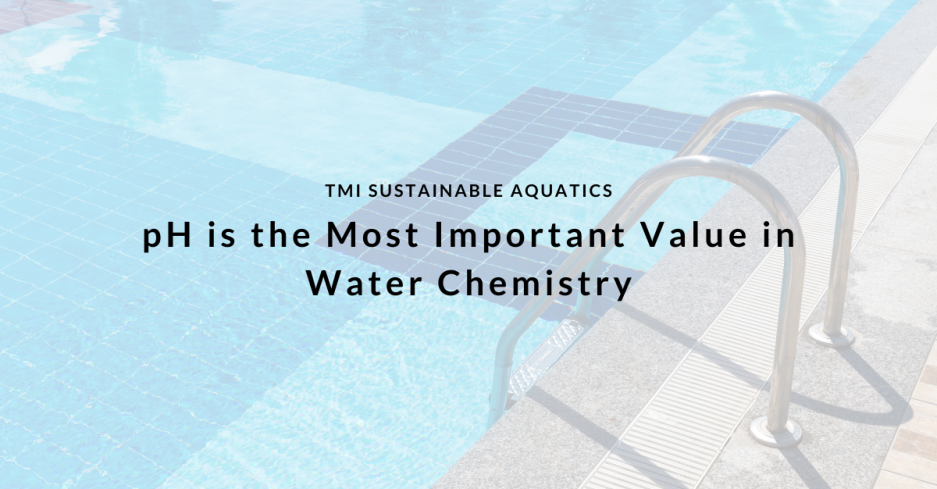We occasionally get calls from those with chlorine issues. It’s too high, too low, something is wrong. The first question we always ask is: “What is your pH?” We are then asked some variation of “What does that have to do with chlorine????”
Anytime there are any issues at all with any water chemistry values, we should be looking to pH first and foremost because pH affects nearly every other value. pH is a difficult to grasp number. The difference between a single whole number is ten fold. A pH of 5 is ten times more acidic than a pH of 6.
Controllers often refuse to allow chlorine to run if pH is not correct. These are safeties. Liquid chlorine isn’t typically allowed to run at the same time as muriatic acid because those mixing can cause a toxic reaction. High or low pH may shut off the chlorine as well to prevent worse water chemistry.
Some (There are many more) examples of pH relations:
- Chlorine: Lower pH makes chlorine more powerful and less at higher pH. This leads to poor water chemistry too far either way.
- Total Alkalinity: Too high and pH is difficult to change (pH Lock). Too low and pH is too easy to change (pH Bounce).
- Algae and other organisms: Thrive at higher pHs. Combined with the ineffectiveness of chlorine at high pH can mean algae blooms on coming.
- Calcium Hardness: A pH of 6 is acidic, much too low. If the calcium hardness is also low, that low pH is now even more corrosive to equipment and swimmers.
- LSI (Saturation Index): pH is critical for balanced water, read more on water balance here: https://tmiaquatics.com/how-to-use-lsi-for-my-pool/
- Swimmer Reactions: When a swimmer gets a rash they may blame the chlorine in the water, and sometimes that is true. More often though, it’s the pH that’s causing skin irritation.
These are a few examples of how pH can interact with other values in water chemistry and more. Stop focusing on chlorine and get pH right first!

